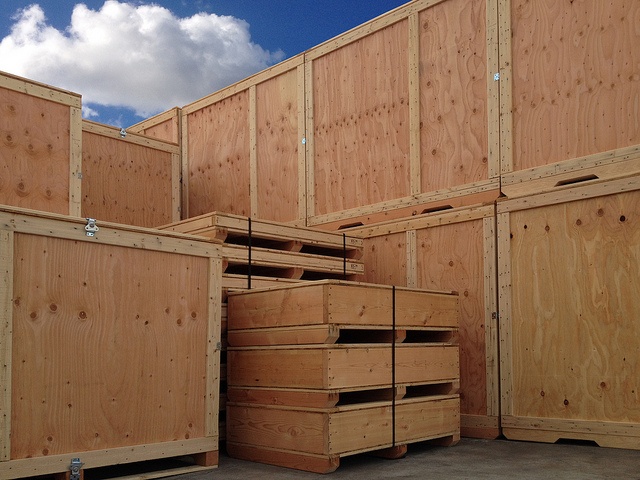Understanding Conflict Minerals: What Businesses Need to Know in 2025
Since 2012, conflict mineral regulations have evolved to promote greater supply chain transparency and ethical sourcing practices. Under Section 1502 of the Dodd-Frank Act, publicly traded companies must disclose their use of tin, tungsten, tantalum, and gold (3TG minerals)—which are often mined under unethical conditions in the Democratic Republic of the Congo (DRC) and surrounding regions.
Why It Matters Today
While conflict mineral reporting requirements remain in place, the rise of ESG compliance and global supply chain ethics has further emphasized the importance of responsible sourcing. Many companies now go beyond legal compliance by adopting voluntary sustainability initiatives such as:
- The OECD Due Diligence Guidance for Responsible Supply Chains
- The European Union Conflict Minerals Regulation
- The Responsible Minerals Initiative (RMI)
Valley Box’s Commitment to Responsible Sourcing
At Valley Box, we understand the importance of conflict-free materials in manufacturing. We work closely with our suppliers to verify responsible sourcing and, with advanced notice, we can ensure full compliance with conflict mineral requirements upon customer request.
What’s Next for Conflict Mineral Compliance?
Businesses should continue to monitor global supply chain regulations and ensure due diligence in their procurement processes. Companies looking to ensure conflict-free sourcing should work with trusted vendors who provide verifiable proof of compliance.
For more information, please see the following:
- SEC website: http://www.sec.gov/news/press/2010/2010-245.htm
- Electronics Industry Citizen Coalition (EICC): http://www.eicc.info
- Global e-Sustainability Initiative (GeSI): http://www.gesi.org
Our company found sourcing conflict free minerals and asking vendors for proof of conflict free minerals was a relatively painless process. We're happy to comply with this new regulation in the attempt to avoid unknowingly supporting minerals mined in conditions of armed conflict and human rights abuses.




